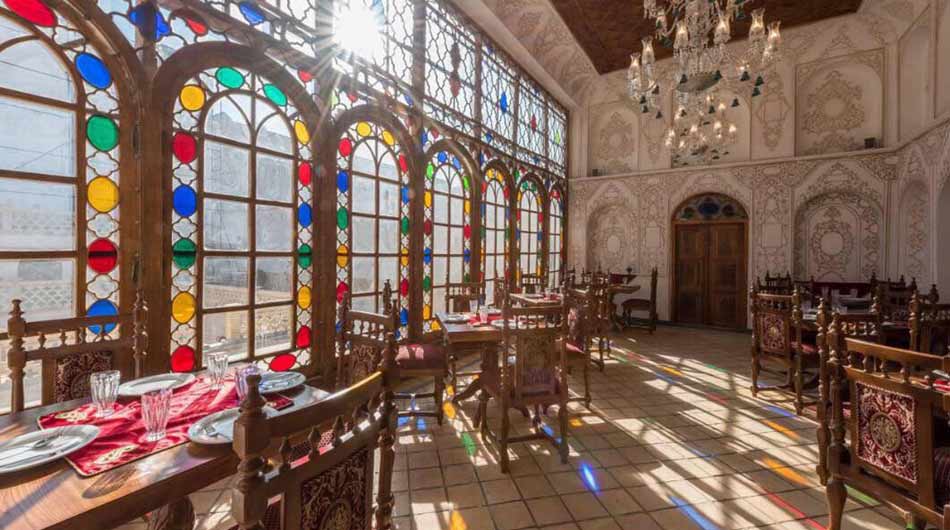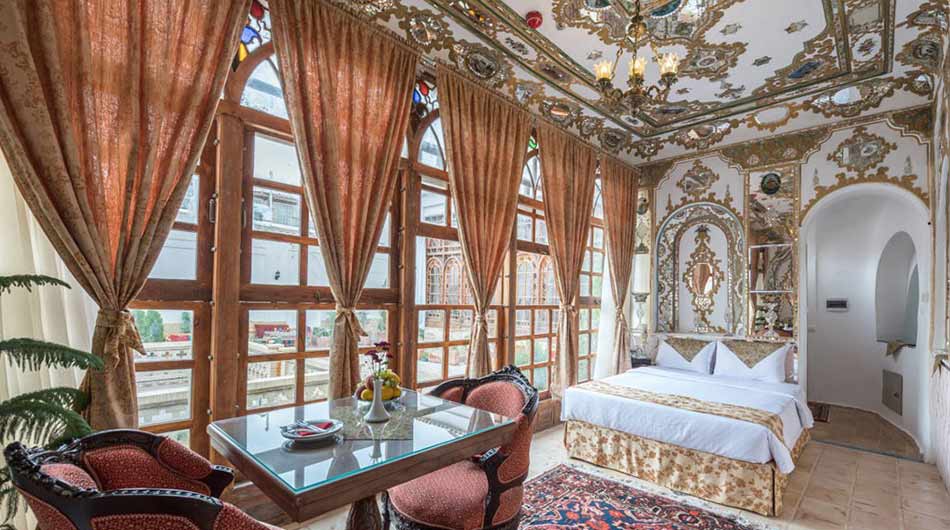Exploring the Rich Heritage of Qasr Manshi Palace in Isfahan
Isfahan, the jewel of Iran, Amidst the grandeur of this ancient city stands the Qasr Manshi Palace, a testament to the opulence and splendor of Persian architecture. In this article, we embark on a journey to unravel the mystique surrounding Qasr Manshi and delve into the stories etched within its walls.
A Glimpse into History
Qasr Manshi, also known as Manshi Palace, holds a venerable place in Isfahan’s history. Constructed during the Safavid era in the 17th century, the palace served as a symbol of royal power and prestige. It was commissioned by Shah Abbas II, a ruler known for his patronage of the arts and commitment to architectural grandeur.
Architectural Marvel
The architecture of Qasr Manshi reflects the finesse and sophistication characteristic of Safavid design. The palace is an exemplar of Persian Islamic architecture, featuring intricate tilework, domes, and arches that mesmerize visitors. The vibrant blue tiles, a hallmark of Persian artistry, adorn the walls, creating a mesmerizing interplay of colors that dance in the sunlight.
The central courtyard, a common feature in Persian palaces, is a tranquil space surrounded by symmetrical gardens. The sound of fountains adds a soothing melody to the ambiance, providing a serene retreat for the royal inhabitants. Visitors are transported to a bygone era, where the whispers of history linger in the air.
Function and Significance
Qasr Manshi Palace served various functions during its heyday. It functioned not only as a residence for the royal family but also as a venue for official ceremonies and gatherings. The grandeur of the palace was a testament to the might and prestige of the Safavid dynasty.
The intricate designs on the palace walls depict scenes from Persian mythology, showcasing a rich tapestry of cultural narratives. From epic battles to celestial motifs, each tile tells a story that adds to the cultural significance of Qasr Manshi.
Restoration Efforts
Over the centuries, Qasr Manshi has weathered the sands of time. However, the ravages of time took a toll on the palace, leading to a decline in its structural integrity. In recent years, concerted efforts have been made to restore and preserve this architectural gem.
Dedicated teams of conservationists and historians have worked tirelessly to revive the glory of Qasr Manshi. The restoration projects aimed to bring back the original splendor of the palace, ensuring that future generations can marvel at its beauty.
Visitor Experience
For those eager to immerse themselves in the rich history of Isfahan, a visit to Qasr Manshi is a must. The palace opens its doors to enthusiasts, offering guided tours that provide insights into its history, architectural nuances, and cultural significance.
Walking through the corridors of Qasr Manshi is akin to stepping into a living museum. The echoes of footsteps resonate in chambers that once hosted royalty, while the intricate designs on the walls transport visitors to a bygone era. The panoramic views from the palace offer a glimpse into the landscape that once unfolded before the eyes of Safavid rulers.
Qasr Manshi Palace stands as a testament to the grandeur of Isfahan’s past. As a jewel in the crown of Persian architecture, it beckons travelers, historians, and art enthusiasts to explore its hallowed halls. The restoration efforts ensure that the legacy of Qasr Manshi continues to thrive, allowing generations to come to witness the splendor of a bygone era.
In the heart of Isfahan, Qasr Manshi stands as a silent guardian of history, inviting all who seek to unravel the secrets hidden within its walls. It is not merely a palace; it is a living chronicle of a civilization that has left an indelible mark on the world.
Tags:Adventure holidays, Best time to travel to iran, best tour operator iran, Cultural sites of Iran, Historical Houses, Holiday in Iran, Iran, Iran Architectural, iran attractions, iran destinations, Iran sightseeing tours, iran Solo trip, iran tour, Iran tour packages, iran tourist attractions, Iran travel agency, iran travel expenses, Iran Travel Guide, Iran Travel Tips, Isfahan, must-visit Iran, persia tour, Qasr Manshi Palace, top tourist destinations, travel to iran, travelling to iran, trip to iran, vacation packages, visit iran, درناگشت




